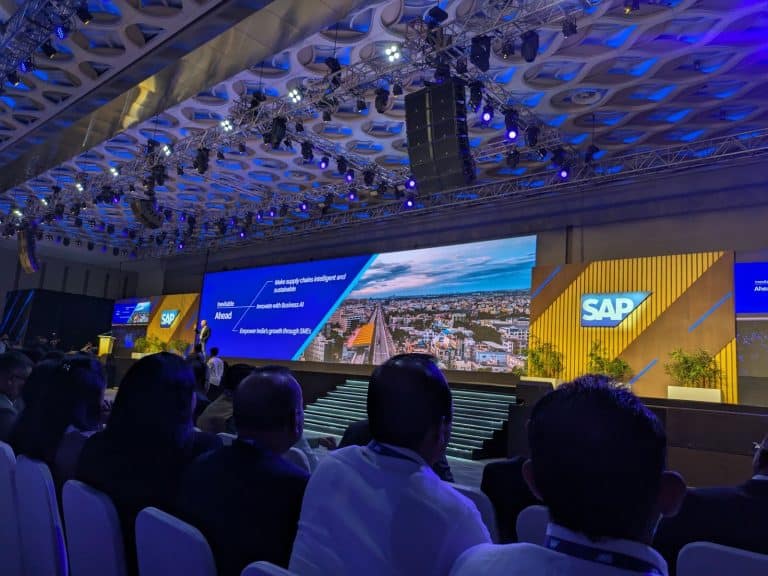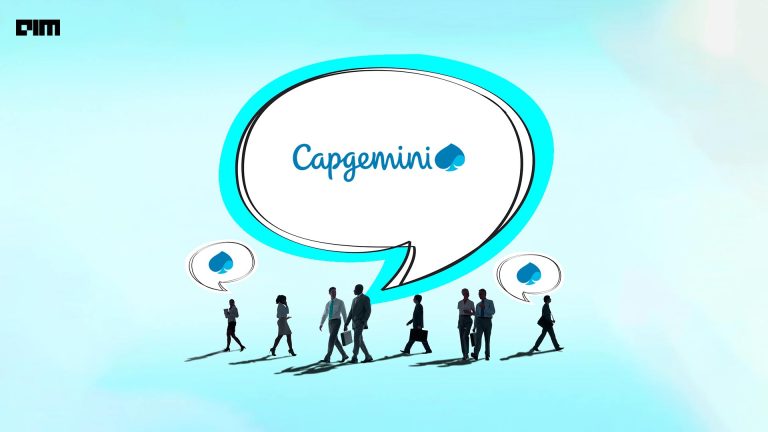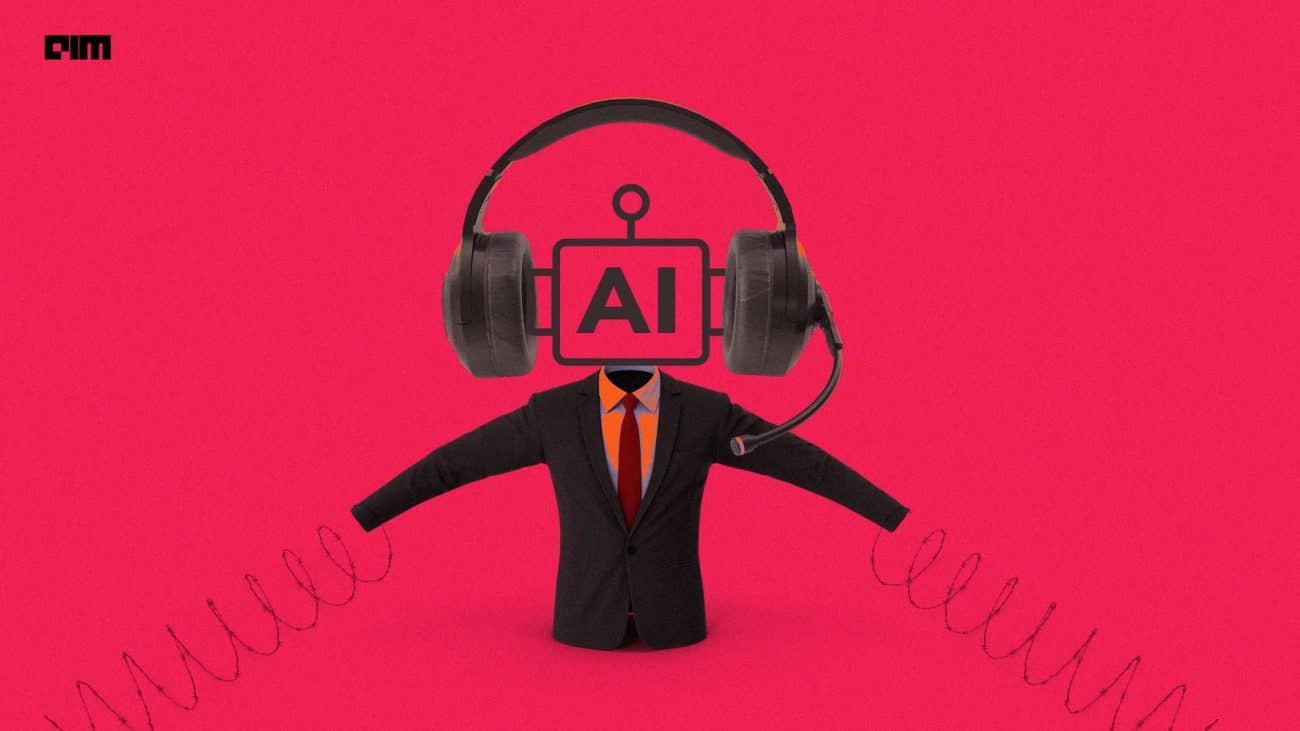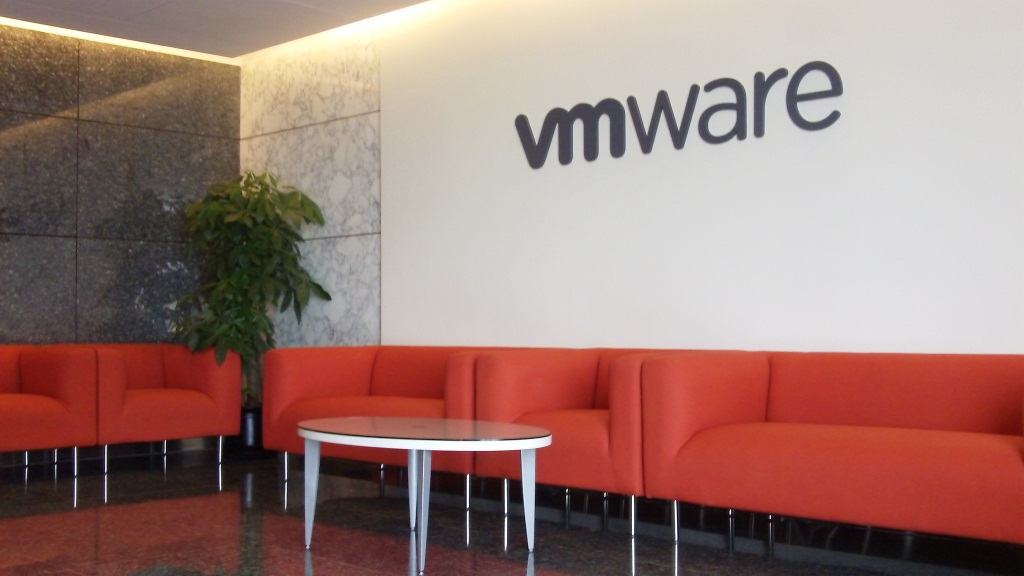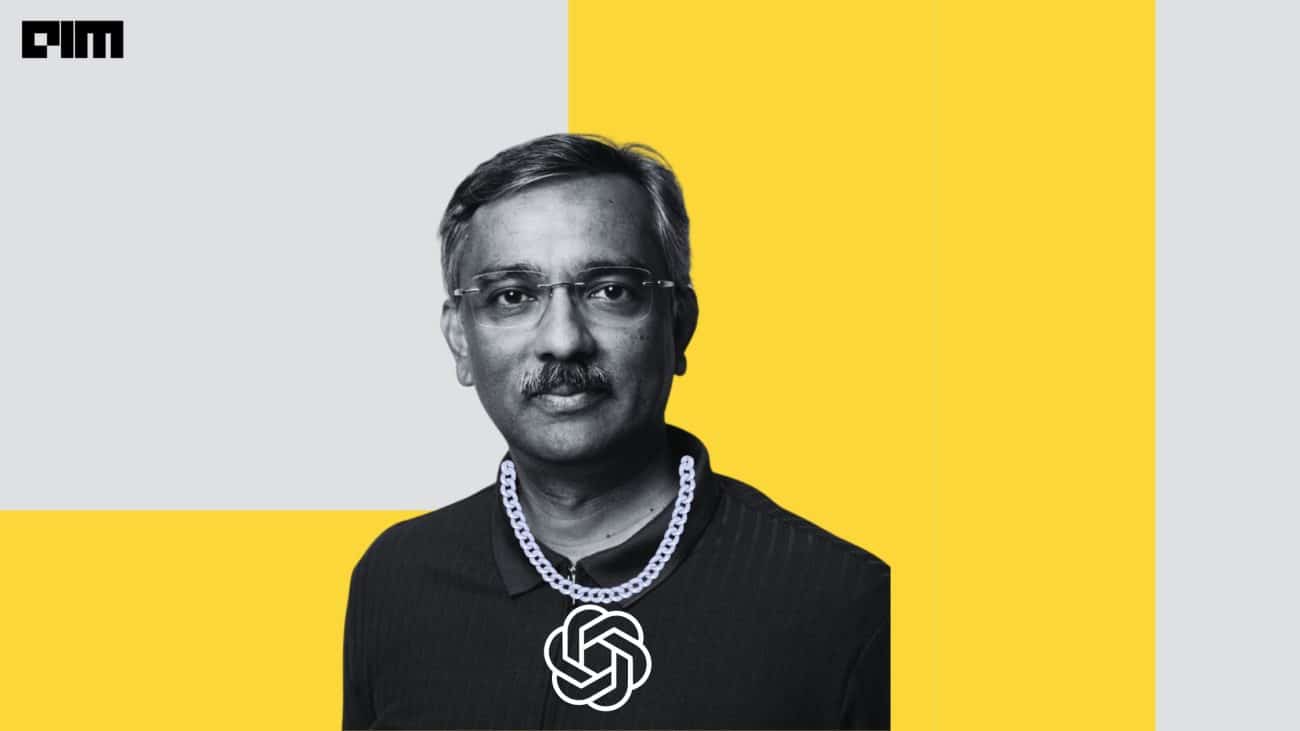|
Listen to this story
|
India is a sweet spot for German tech conglomerate SAP. With over 15,000 customers based in India and over 425,000 globally, the company’s second-largest R&D centre outside Germany is in Bengaluru.
“India is a big volume market. It plays a pivotal role in SAP’s global operations since over 80% of our business in India caters to the European market,” Subbu Ananth, CRO, SAP BTP, APJ, told AIM at the company’s flagship event SAP Now in Mumbai earlier this week.
Furthermore, SAP is deeply integrated into India’s economy, as 60% of the country’s GDP is processed through SAP’s systems. 80% of SAP’s customers in India are small and midsize businesses. Now, from small to large enterprises, everyone is excited about integrating AI.
Recently, Philip Hertzberg, SAP’s chief AI officer, mentioned that SAP is expecting a 10 to 15% rise in efficiency through the use of generative AI. SAP has partnerships with leading AI companies like Google, Microsoft, Anthropic, Cohere, and Aleph Alpha.
Joule, SAP’s generative AI assistant that allows access to the company’s extensive cloud enterprise suite across different apps and programmes, is also available on SAP BTP now. Talking about the same, Ananth noted that the Indian team plays a major role in SAP’s generative AI initiatives. The company has developed over 30 generative AI use cases and has collected anonymous datasets from more than 27,000 customers via cloud storage to train its models.
“In terms of AI, our approach in India is to democratise the technology, making it accessible across various organisational levels and not just confined to large corporations,” added Subbu.
Why India is a Hotspot for AI
“India has been a leader in acquiring new names and logos globally,” said Ananth, highlighting the importance of its role in SAP’s global operations.
The growth potential for AI in India is substantial. According to EY, generative AI can add around $1.2 -1.5 trillion to India’s GDP over the next seven years. Furthermore, India attracts major investments in digital native companies like Razorpay, Cure.fit, Swiggy, Ola, which are inherently inclined to integrate AI, machine learning, and robotics into their operations.
The broader perspective reveals that if organisations do not engage with AI, they risk losing their competitive edge. Recognising this, there is a concerted effort within India to ensure that both large industry players and newer market entrants can effectively use AI. This inclusive strategy is expected to spur growth across all segments, reinforcing India’s position as a crucial hub in SAP’s global AI strategy.
This success is expected to pave the way for India to become a key hub for AI customer acquisition, thanks to the continuous enhancement of local skills and expertise. Ananth shared that with a strong foundation of AI talent and numerous mid-sized companies, India is well-positioned to take a leading role in global AI adoption.
Challenges Persist
The cloud migration services market size is expected to grow from $119.13 billion in 2020 to $448.34 billion by 2025, at a CAGR of 30.2% during the forecast period. But many customers are still struggling to move from on-prem to cloud services like SAP S/4HANA.
For many organisations, this transition can be daunting due to the scale of migration, the need for new skills, and potential disruptions to ongoing operations.
Additionally, there is a skills gap in cloud technologies among the workforce, which can hinder the adoption and effective use of cloud solutions. “So, we address this by upskilling the developer ecosystem and leveraging our centre of excellence for better implementation of the product,” explained the executive.
However, SAP is not alone in facing these challenges or deploying these strategies. Like SAP, Oracle has a strong foothold in ERP systems and has been aggressively pushing its cloud services. Oracle provides similar training and support through its Oracle University and professional certification programmes to ease the transition for its customers.
However, looking ahead, SAP’s vision for the next six to 12 months is to promote the concept of ‘clean core’ extensively, emphasising the importance of maintaining a clean digital infrastructure to support AI-driven innovations.
“Our overarching goal is to integrate BTP extensively across various sectors, reinforcing its utility in sustainability and AI applications,” Ananth concluded.





